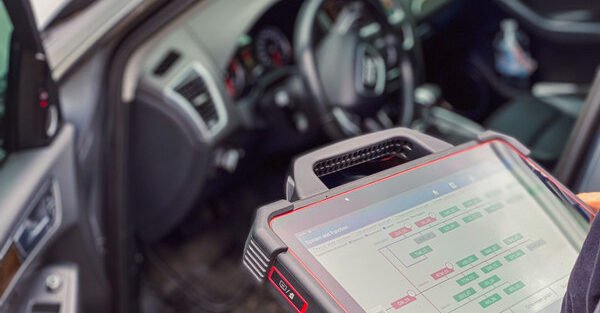Methodology for diagnosing a car before purchasing
The first step is to inspect the car body and check the thickness of the paintwork. We accurately identify painted and repaired body parts. After this, the car is inspected from below, the condition of all parts of the front and rear suspension, steering, brake system, and wheel drive system is checked. The condition of the load-bearing parts of the body is checked for traces of an accident, rusty or rotten areas, and an inspection is also carried out for leaks of technical fluids (oil, coolant, brake fluid, power steering fluid, etc.)
The second stage of the test is the diagnosis of engine mechanics. At this stage, the mechanic assesses the operation of the engine, and a visual and acoustic inspection of the internal combustion engine is performed. At the client’s request, compression in the cylinders is measured (on some cars, often cars with V-shaped or boxer engines, this is a rather complex and lengthy procedure, the implementation of which is negotiated separately).
The third stage is computer diagnostics of electronics. All electronic control units are scanned for errors. If necessary, the actual operating parameters of sensors and actuators are checked.
The fourth stage is measuring the car on a wheel alignment adjustment stand. Provided the suspension parts are intact, the stand allows you to measure the geometry of the wheel position. This measurement makes it possible to indirectly assess the state of the car body geometry and detect traces of an accident.
Separately, we would like to say about checking the original mileage of the car. Many people believe that using a diagnostic computer you can scan the original mileage in control units. This is partly true, but if a professional was involved in adjusting the mileage, then the mileage will be adjusted not only on the odometer, but also in all control units. For this reason, we do not check the mileage in the control units, but try to estimate it by indirect signs. Based on the wear and tear of interior parts, suspension elements, and the general condition of the car. Of course, this does not give 100% accuracy, but it allows you to determine the order of the numbers.
We are sure that we will help you choose a truly worthy car! Before purchasing a car, diagnostics are carried out only on modern equipment by certified specialists.


